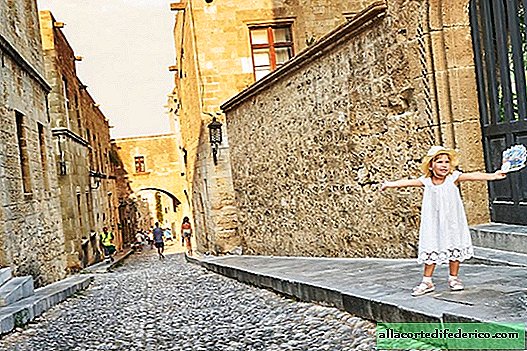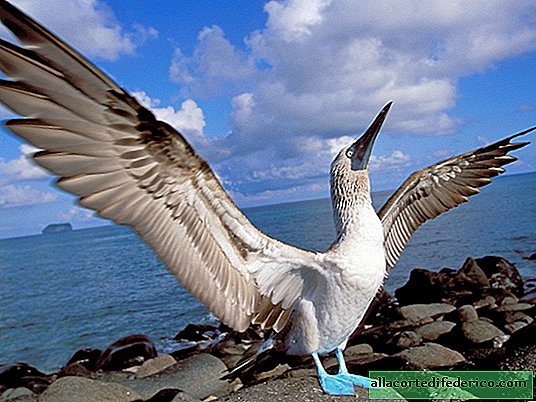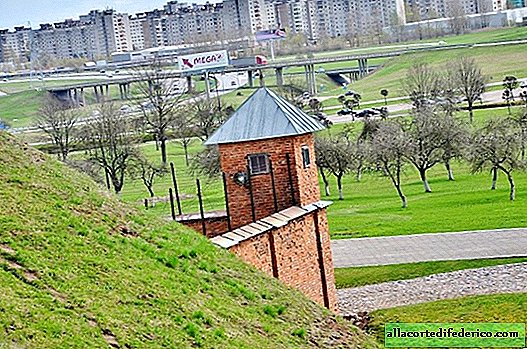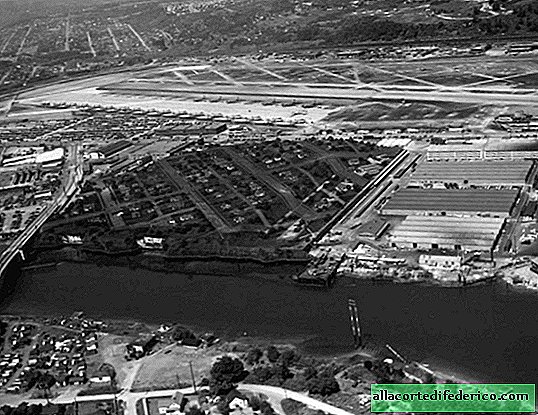An incredible bridge in Greece, which should not have been, but which nevertheless was built
The natural conditions of the Gulf of Corinth do not contribute to the construction of such a complex engineering structure as an extended road bridge. The risk of an 8-point earthquake, a depth of 60 meters, viscous, unstable soil, strong winds and constant movements of the earth's crust, due to which the shores are separated by a few centimeters a year, all this had to be overcome by the engineers and builders of the unique Rio Antirio bridge in Greece.
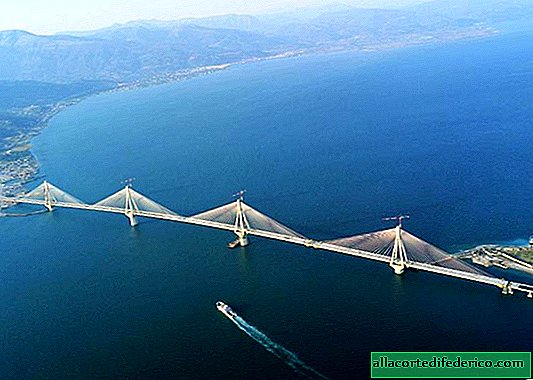
The Rio-Antirio Bridge (Rion-Andirion), about the necessity of construction of which the Greeks spoke for a century, connected mainland Greece and the Peloponnese Peninsula. This peninsula is connected with the rest of the country only through the narrow Isthmus of Corinth, with more than 1 million people living in the Peloponnese itself. In the narrowest spot of the Gulf of Corinth, where the peninsula is closest to mainland Greece, it was decided to build a bridge.

But the short distance was the only advantage of this place, which had a number of significant drawbacks.
60 meters depth
The maximum depth of the bay in this "convenient" place is 60 meters. This is a lot, and there are no more bridges on the planet that would be built at such a deep point.

Viscous soil
Not only significant depth was a big obstacle, but also the soil composition on which it was planned to install the bridge supports. In this place, the bottom is lined with soft sedimentary rocks, sands and clays that go to a considerable depth. This forced the engineers to apply a non-standard solution - to hammer piles fastening the ground under the support. Under three of the four pillars of the Rio Antirio Bridge, about 200 piles are driven, which increase the stability of this huge structure. In addition, an impressive layer of gravel was poured under each support located on viscous soil.

High seismicity
The Greeks know firsthand what earthquakes are. The whole territory of Greece, including the Peloponnese peninsula and numerous islands, belongs to the zone of increased seismic activity. The designed bridge was supposed to withstand an earthquake of 7-8 points without damage, since such seismic events occur regularly in the region. For this reason, the cable-stayed bridge structure was chosen, which allows you to suspend the roadway, isolating it from the main supports. The roadway itself, as it were, hangs relative to the supports of the bridge and can oscillate like a pendulum during earthquakes.

Constant winds
The bridge was built in the narrowest part of the bay, which separates mainland Greece from the peninsula. Air flows passing through a bottleneck significantly increase speed, and a strong wind, as you know, does not affect the stability of cable-stayed bridges in the best way. To avoid possible damage caused by strong winds, the engineers still had to attach the roadway to the main supports, but they did it in an unusual way. The road is connected to the supports, but this connection is regulated using special dampers. During even the strongest winds, the roadway is stable and not subject to fluctuations, but during tremors during earthquakes, the vibration damping mechanism is activated: the bridge begins to swing, thereby avoiding damage.

Peninsula departs from mainland Greece
Frequent and devastating earthquakes are not the worst problem. It turns out that the location of the bridge is in the geological fault zone, and the peninsula is moving away from the mainland at a speed of 3.5 centimeters per year. This figure is very significant for the bridge, and something had to be done with this circumstance. As a result, an engineering solution was found: the Rio-Antirio bridge has expansion joints that can gradually increase the length of the bridge by 5 meters.

This technically incredibly complex bridge was built in just 5 years. Its design and construction was carried out by the French company Vinci with the active participation of Greek engineers, and traffic on the Rio-Antirio bridge was opened in the summer of 2004.



